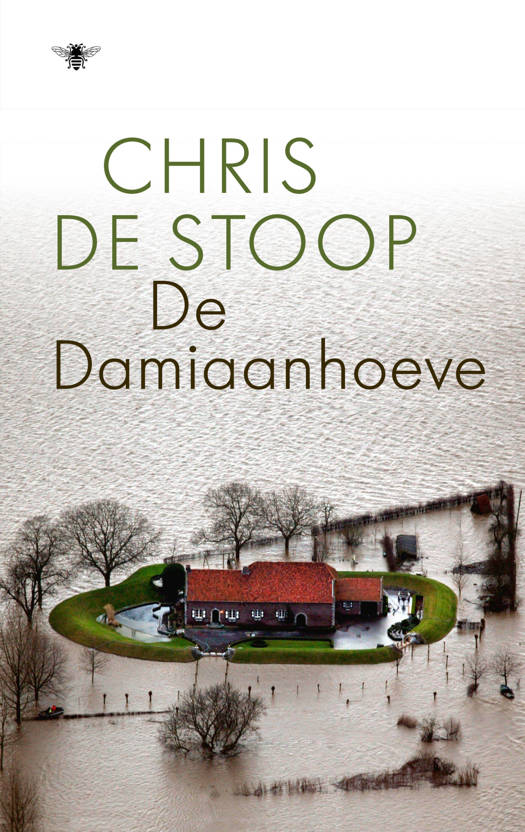
- Afhalen na 1 uur in een winkel met voorraad
- Gratis thuislevering in België vanaf € 30
- Ruim aanbod met 7 miljoen producten
- Afhalen na 1 uur in een winkel met voorraad
- Gratis thuislevering in België vanaf € 30
- Ruim aanbod met 7 miljoen producten
Zoeken
The Image of Antiquity in Boccaccio's «Filocolo, Filostrato» and «Teseida»
James H McGregor
€ 68,95
+ 137 punten
Omschrijving
This book argues that in three of his early vernacular romances, Boccaccio, working with descriptive language, not with sketches or plastic imitations, presented to his contemporaries for the first time a vast and persuasive picture of an essential aspect of Greek and Roman Antiquity, the details of pre-Christian religious practices. Imitating literary works where the Romans described these practices, Boccaccio represented the ritual and physical details of pagan worship with its temples, cult images, altars, prayers and animal sacrifices. Such detailing is the necessary prelude to the many acts of imitation of the Antique that so preoccupied the painters, sculptors and decorative artists of the Renaissance. In it lies the beginning of modern archaeology.
Specificaties
Betrokkenen
- Auteur(s):
- Uitgeverij:
Inhoud
- Aantal bladzijden:
- 202
- Taal:
- Engels
- Reeks:
- Reeksnummer:
- nr. 1
Eigenschappen
- Productcode (EAN):
- 9780820409856
- Verschijningsdatum:
- 1/06/1991
- Uitvoering:
- Hardcover
- Formaat:
- Genaaid
- Afmetingen:
- 237 mm x 160 mm
- Gewicht:
- 439 g

Alleen bij Standaard Boekhandel
+ 137 punten op je klantenkaart van Standaard Boekhandel
Beoordelingen
We publiceren alleen reviews die voldoen aan de voorwaarden voor reviews. Bekijk onze voorwaarden voor reviews.











